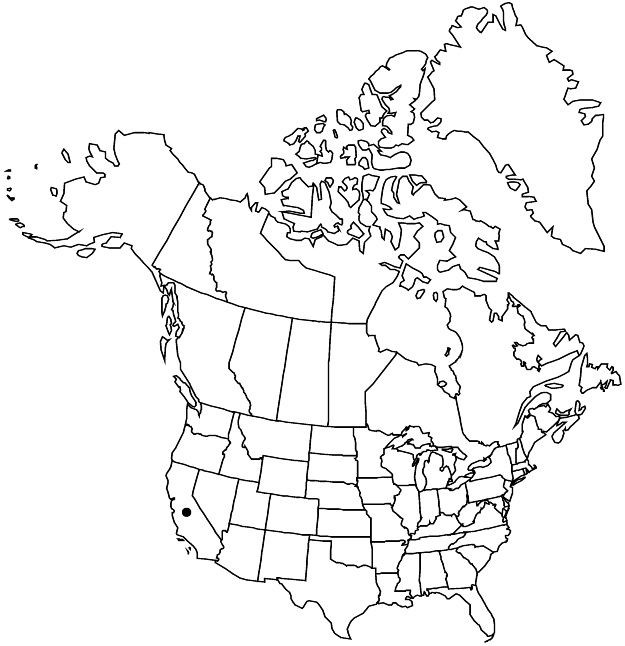Difference between revisions of "Eriogonum giganteum"
Proc. Amer. Acad. Arts 20: 371. 1885.
FNA>Volume Importer |
imported>Volume Importer |
||
| (3 intermediate revisions by one other user not shown) | |||
| Line 8: | Line 8: | ||
}} | }} | ||
|common_names=St. Catherine’s-lace | |common_names=St. Catherine’s-lace | ||
| + | |special_status={{Treatment/ID/Special_status | ||
| + | |code=F | ||
| + | |label=Illustrated | ||
| + | }}{{Treatment/ID/Special_status | ||
| + | |code=E | ||
| + | |label=Endemic | ||
| + | }} | ||
|basionyms= | |basionyms= | ||
|synonyms= | |synonyms= | ||
| Line 22: | Line 29: | ||
|distribution=Calif. | |distribution=Calif. | ||
|discussion=<p>Varieties 3 (3 in the flora).</p><!-- | |discussion=<p>Varieties 3 (3 in the flora).</p><!-- | ||
| − | --><p>The California Department of Transportation is planting members of this insular species, especially < | + | --><p>The California Department of Transportation is planting members of this insular species, especially <i></i>var.<i> giganteum</i>, on the mainland, where it readily hybridizes with both <i>E. fasciculatum</i> and <i>E. cinereum</i>. Every effort should be made to remove the introduced <i>E. giganteum</i> from coastal California.</p><!-- |
--><p>The Avalon scrub-hairstreak butterfly (Strymon avalona), which is endemic to Santa Catalina Island, uses <i>Eriogonum giganteum</i> as a food plant.</p> | --><p>The Avalon scrub-hairstreak butterfly (Strymon avalona), which is endemic to Santa Catalina Island, uses <i>Eriogonum giganteum</i> as a food plant.</p> | ||
|tables= | |tables= | ||
| Line 54: | Line 61: | ||
-->{{#Taxon: | -->{{#Taxon: | ||
name=Eriogonum giganteum | name=Eriogonum giganteum | ||
| − | |||
|authority=S. Watson | |authority=S. Watson | ||
|rank=species | |rank=species | ||
| Line 65: | Line 71: | ||
|publication title=Proc. Amer. Acad. Arts | |publication title=Proc. Amer. Acad. Arts | ||
|publication year=1885 | |publication year=1885 | ||
| − | |special status= | + | |special status=Illustrated;Endemic |
| − | |source xml=https:// | + | |source xml=https://bitbucket.org/aafc-mbb/fna-data-curation/src/2e0870ddd59836b60bcf96646a41e87ea5a5943a/coarse_grained_fna_xml/V5/V5_594.xml |
|subfamily=Polygonaceae subfam. Eriogonoideae | |subfamily=Polygonaceae subfam. Eriogonoideae | ||
|genus=Eriogonum | |genus=Eriogonum | ||
Latest revision as of 22:12, 5 November 2020
Shrubs, round to erect, 3–20(–35) × (3–)5–20(–35) dm, tomentose to floccose or glabrate, grayish to reddish. Stems spreading to erect, occasionally with persistent leaf bases, up to 3/4 or more height of plant, often with a distinct main trunk up to 1 dm thick; caudex stems absent; aerial flowering stems erect to spreading, slender to stout, solid, not fistulose, 1–4 dm, tomentose to glabrate. Leaves cauline, 1 per node; petiole 0.5–4 cm, tomentose; blade oblong-ovate to ovate or lanceolate to narrowly oblong, 2.5–7(–10) × 1–5 cm, white-tomentose abaxially, sometimes slightly less so or cinereous to somewhat glabrate and greenish adaxially, margins plane, sometimes crisped. Inflorescences cymose, open or compact, 5–30 × (2–)5–50(–80) cm; branches dichotomous, tomentose to floccose or glabrate; bracts 3, scalelike, broadly triangular, and 1–2 mm, or leaflike, oblanceolate to elliptic, and 5–30 mm. Peduncles absent or erect, slender, 0.1–0.5 cm, tomentose. Involucres 1 per node, campanulate, 3–5 × 2.5–4 mm, tomentose; teeth 5, erect, 0.3–0.8 mm. Flowers 2–4 mm; perianth white to rose, white-villous abaxially; tepals connate proximal 1/4, monomorphic, obovate; stamens exserted, 2–4 mm; filaments pilose proximally. Achenes brown, 2–3.5 mm, glabrous.
Discussion
Varieties 3 (3 in the flora).
The California Department of Transportation is planting members of this insular species, especially var. giganteum, on the mainland, where it readily hybridizes with both E. fasciculatum and E. cinereum. Every effort should be made to remove the introduced E. giganteum from coastal California.
The Avalon scrub-hairstreak butterfly (Strymon avalona), which is endemic to Santa Catalina Island, uses Eriogonum giganteum as a food plant.
Selected References
None.
Lower Taxa
Key
| 1 | Leaf blades oblong-lanceolate to lanceolate; San Clemente Island | Eriogonum giganteum var. formosum |
| 1 | Leaf blades oblong-ovate to ovate; not San Clemente Island | > 2 |
| 2 | Leaf blades 3-7(-10) × 2-5 cm; inflorescences open; Santa Catalina Island | Eriogonum giganteum var. giganteum |
| 2 | Leaf blades 2.5-3.5(-6) × 1.5-2(-4) cm; inflorescences compact to rarely open; Santa Barbara and Sutil islands | Eriogonum giganteum var. compactum |
